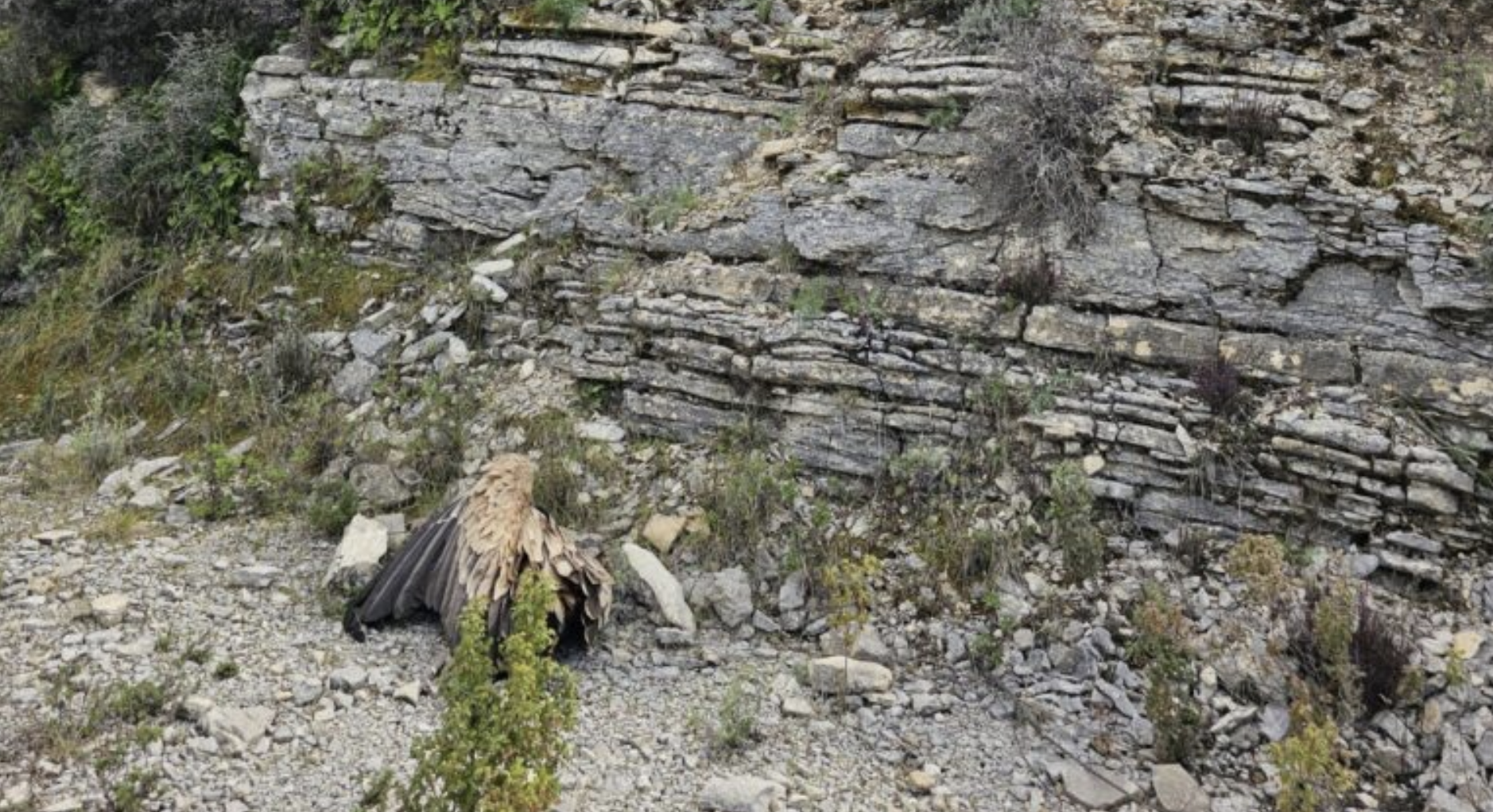
Running since 2010 the annual Griffon vulture Alpine survey returns on Saturday 18 August and needs your help.
Griffon vultures in the Alps
With the exception of small colonies in Austria and Italy, Griffon vultures have been absent from the Alps for decades. Efforts to reintroduce the species to the Alps began in the French areas of the Baronnies, Vercors and Verdon.
Besides the breeding griffons, an increasing number of immature vultures from elsewhere in Western Europe (mainly Spain and Portugal) have been summering in the Alps, taking advantage of the ideal foraging conditions there in the summer, when many livestock go up to the summer alpages, and there is plenty of food. This regular pendular movement of griffon vultures from Iberia and southern France to the Alps, departing in May-June, and returning in August – is becoming larger every year.
The Annual Griffon Vulture Count
Each summer since 2010, through the cooperation of national and natural parks, ornithological associations and other partners, Griffon vulture summering in the Alpshave been surveyed with a simultaneous count in August when the birds are most active in the mountains before they disperse from the area.
The area that will be the focus of the survey covers the French Alps: from the Rhone to the west on the Italian border to the east and from the Mediterranean in the south to Léman in the north, with around 62 observation stations. The birds are counted at their roosts at the end of each day.
The 2017 survey
During the 2017 survey a record number of Griffon vultures were counted in the French Alps, the Ardèche, part of Switzerland and part of Italian Piedmont. In total 2,459 birds were counted by both professional and volunteer participants, a great result.

The 2018 survey of the Griffon vultures in the Alps takes place on Saturday 18 August. If you are in the Alps at this time and would like to participate, please contact Envergures Alpines – who coordinate the census – at envergures.alpines@gmail.com – they will then indicate who are the nearest roosting points and local contacts.





